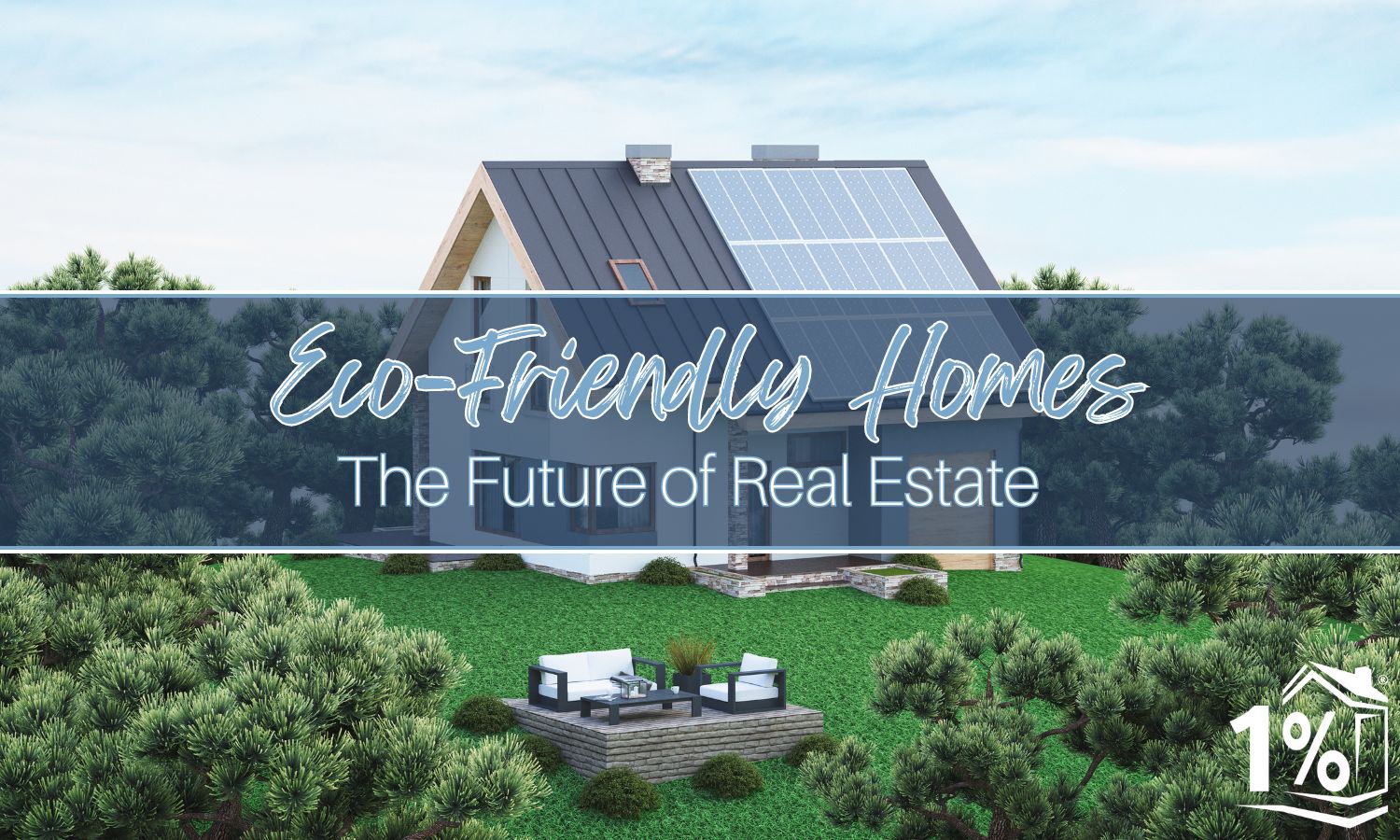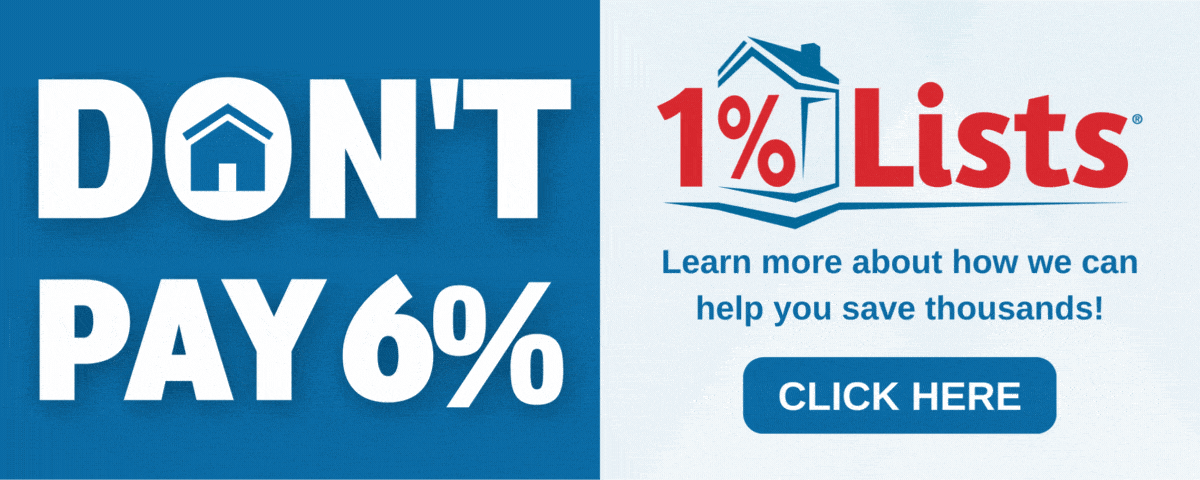The real estate market is transforming significantly as the world grapples with the pressing challenges of climate change and resource depletion. The demand for sustainable and eco-friendly homes is rising, driven by an increasing awareness of environmental issues and a desire for healthier living conditions. This article explores the growing interest in eco-friendly properties, highlighting features such as solar panels and energy-efficient designs shaping the future of real estate.
The Rising Demand for Eco-Friendly Homes
The shift towards sustainable living is not just a passing trend; it reflects a fundamental change in consumer preferences and societal values. Homebuyers increasingly prioritize eco-friendly features when searching for properties, recognizing the long-term benefits of sustainable living. According to a recent survey, 63% of real estate agents reported that promoting energy efficiency in listings was “very” or “somewhat” valuable, indicating a clear market shift towards green homes.
- Environmental Awareness: As climate change becomes more evident, consumers are more conscious of their environmental impact. Eco-friendly homes offer a way to reduce carbon footprints and promote sustainability.
- Financial Incentives: Many governments and local authorities provide economic incentives for eco-friendly home initiatives, such as tax credits for energy-efficient upgrades. These incentives make sustainable living more accessible and attractive.
- Health Benefits: Eco-friendly homes often utilize non-toxic materials and energy-efficient designs that promote healthier indoor environments. This focus on health and well-being resonates with buyers seeking safer living spaces.
- Higher Property Values: Eco-friendly homes are increasingly seen as valuable assets. Properties with green features tend to attract higher prices, making them a smart investment for buyers.
Key Features of Sustainable Homes
Eco-friendly homes incorporate features designed to enhance energy efficiency and reduce environmental impact. Some of the most sought-after elements include:
- Solar Panels: Solar energy systems are among the most popular features in sustainable homes. They harness sunlight to generate electricity, significantly reducing reliance on fossil fuels and lowering energy bills. According to the Solar Energy Industries Association, the U.S. residential solar market grew by 7% in 2020, with over 3 million homes now powered by solar energy.
- Energy-Efficient Designs: Homes designed with energy efficiency in mind often include proper insulation, energy-efficient windows, and high-efficiency heating and cooling systems. These elements work together to minimize energy consumption and maximize comfort. A U.S. Department of Energy study found that energy-efficient homes can save homeowners up to 30% on their energy bills.
- Sustainable Materials: Using eco-friendly building materials, such as reclaimed wood or bamboo, reduces the environmental impact of construction. These materials are often more durable and require less maintenance over time. The global green building materials market is expected to grow from $227.89 billion in 2021 to $252.84 billion in 2022, indicating a rising demand for sustainable construction.
- Smart Home Technology: The integration of smart technology allows homeowners to monitor and optimize energy usage. Devices can adjust heating, cooling, and lighting based on occupancy, leading to further energy savings. The global smart home market is projected to reach $246.23 billion by 2024, a significant portion of this growth driven by energy management solutions.
The Financial Benefits of Eco-Friendly Living
Investing in a sustainable home can lead to significant financial savings over time. While the initial costs of energy-efficient upgrades may be higher, the long-term benefits often outweigh these expenses. Here are some key financial advantages:
- Lower Utility Bills: Energy-efficient homes consume less energy, lowering monthly utility bills. Homeowners can save hundreds of dollars annually using renewable energy sources and energy-efficient appliances. A study by the National Renewable Energy Laboratory found that homeowners with solar panels save an average of $44,000 over the lifetime of their systems.
- Increased Property Value: As the demand for eco-friendly homes rises, properties with sustainable features will likely appreciate. This trend is particularly evident in urban areas where green living spaces are becoming increasingly desirable. A study by the Appraisal Institute found that homes with green certifications sell 9% more on average than comparable homes without such certifications.
- Access to Green Mortgages: Many lenders now offer eco-conscious mortgages that provide financial incentives for energy-efficient upgrades. These loans often come with lower interest rates and reduced closing costs, making them an attractive option for buyers. The U.S. Department of Housing and Urban Development (HUD) offers a variety of green mortgage programs, including the Energy-Efficient Mortgage (EEM) and the PowerSaver Loan Program.
- Long-Term Durability: Eco-friendly materials are typically more durable and require less maintenance, reducing long-term repair and replacement costs. This longevity contributes to the overall financial viability of sustainable homes. A study by the National Association of Home Builders found that homes built with sustainable materials have a 50-100-year lifespan, compared to 30-50 years for traditional homes.
The Future of Sustainable Real Estate
As the demand for eco-friendly homes grows, the real estate industry adapts to meet these evolving preferences. Sustainable building practices are becoming mainstream, and innovative technologies are reshaping how homes are constructed and operated.
The rise of smart home technology will continue to influence sustainable living. Homeowners will increasingly seek homes with IoT devices that monitor energy usage and optimize efficiency. The global smart home market is expected to grow from $78.3 billion in 2020 to $135.3 billion by 2025, with a significant portion of this growth driven by energy management solutions.
Certifications such as LEED (Leadership in Energy and Environmental Design) and Energy Star are gaining prominence. Buyers are more likely to consider properties with these certifications as they signify a commitment to sustainability. As of 2021, over 1.5 million residential units have been certified or are pursuing LEED certification, demonstrating the growing importance of green building standards.
Developers are also exploring community-focused projects that prioritize sustainability. These initiatives may include shared green spaces, community gardens, and energy-efficient public transportation options. The concept of eco-districts, which integrate sustainable practices at the neighborhood level, is gaining traction in urban planning.
Governments worldwide are also starting to recognize the importance of sustainable real estate practices. Stricter energy efficiency standards and regulations will likely drive further adoption of eco-friendly building practices.
Conclusion
The future of real estate is undeniably leaning towards sustainability and eco-friendliness. As consumers become more aware of their environmental impact and seek healthier living conditions, the demand for eco-friendly homes will continue to rise. Features such as solar panels, energy-efficient designs, and sustainable materials are not just trends; they represent a fundamental shift in how we approach housing and living spaces.
Investing in sustainable real estate is a wise financial decision and a commitment to a healthier planet. As the industry evolves, eco-friendly homes will play a crucial role in shaping a more sustainable future for future generations. By embracing these innovative technologies and design principles, the real estate sector can lead towards a greener and more resilient housing market.




